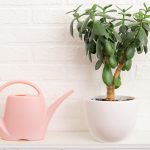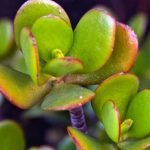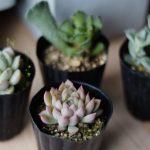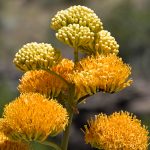Wondering if your indoor Jade Plant will ever bloom? These popular succulents can indeed flower when kept inside as houseplants. In this insightful piece, gardening specialist Paige Foley investigates the flowering patterns of Indoor Jade Plants.
Jade plants, scientifically known as Crassula ovata, are fantastic indoor plants suitable for gardeners of all levels. These low-maintenance plants thrive on neglect, requiring minimal care to flourish for years without much attention.
Admired for their oval-shaped green leaves and sturdy trunks, Jade plants can grow quite tall, ranging from 3 to 6 feet in height when fully mature.
While they are primarily grown for their foliage, Jade plants do produce charming blossoms if the right conditions are met. Achieving a blooming Jade plant indoors can be a significant accomplishment for any plant owner.
Creating the ideal environment to stimulate flowering in Crassula ovata indoors can be challenging but rewarding. Let’s explore the possibilities of indoor Jade plant blooming and methods to encourage flowering.
The Short Answer
Indoor Jade plants can flower, but it requires patience and proper care. While outdoor conditions are more conducive to blooming due to brighter sunlight, with the right indoor setup, you can still achieve a blooming Jade plant.
Long Answer
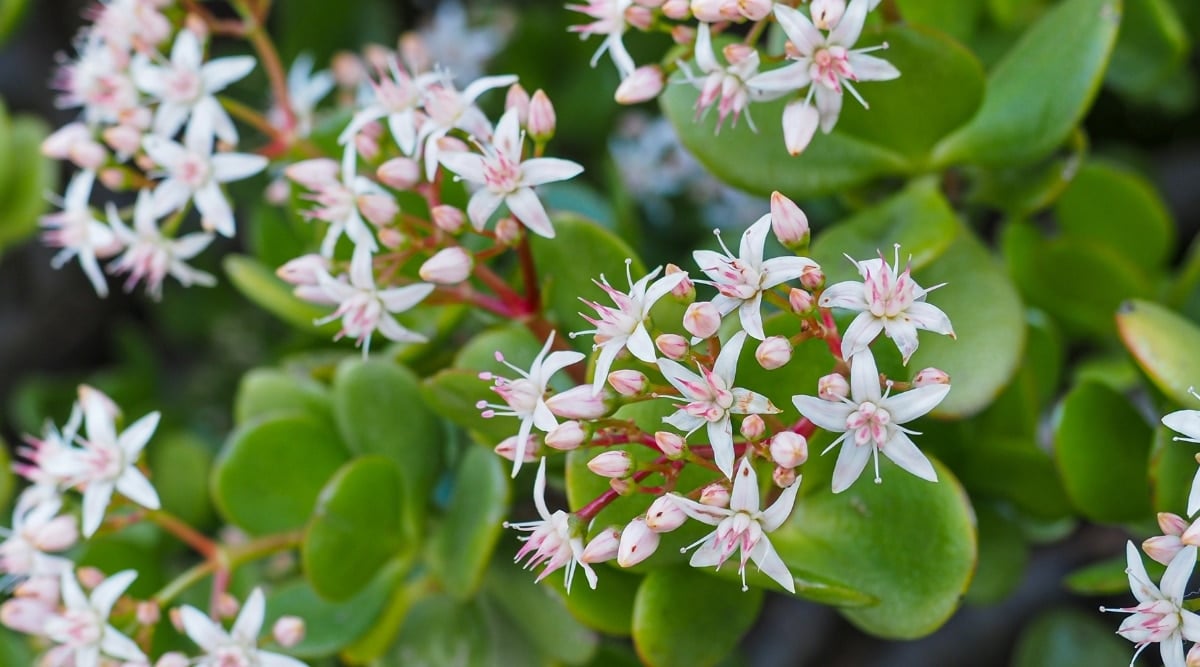
When mature, Jade plants will bear clusters of delicate white or pink star-shaped flowers. However, coaxing them to bloom indoors demands the perfect blend of care and growing conditions.
For successful blooming, Jade plants need 8 hours of direct sunlight, reduced watering, and cooler nighttime temperatures. While replicating these conditions indoors can be tricky, it is achievable with careful attention.
Blooms typically form in late winter to early spring, and the plant’s maturity plays a vital role in its blooming potential.
Even at full maturity, Jade plants may not always flower. Providing a resting period can help induce blooming, resembling a dormancy phase without actual dormancy.
Mature Plants
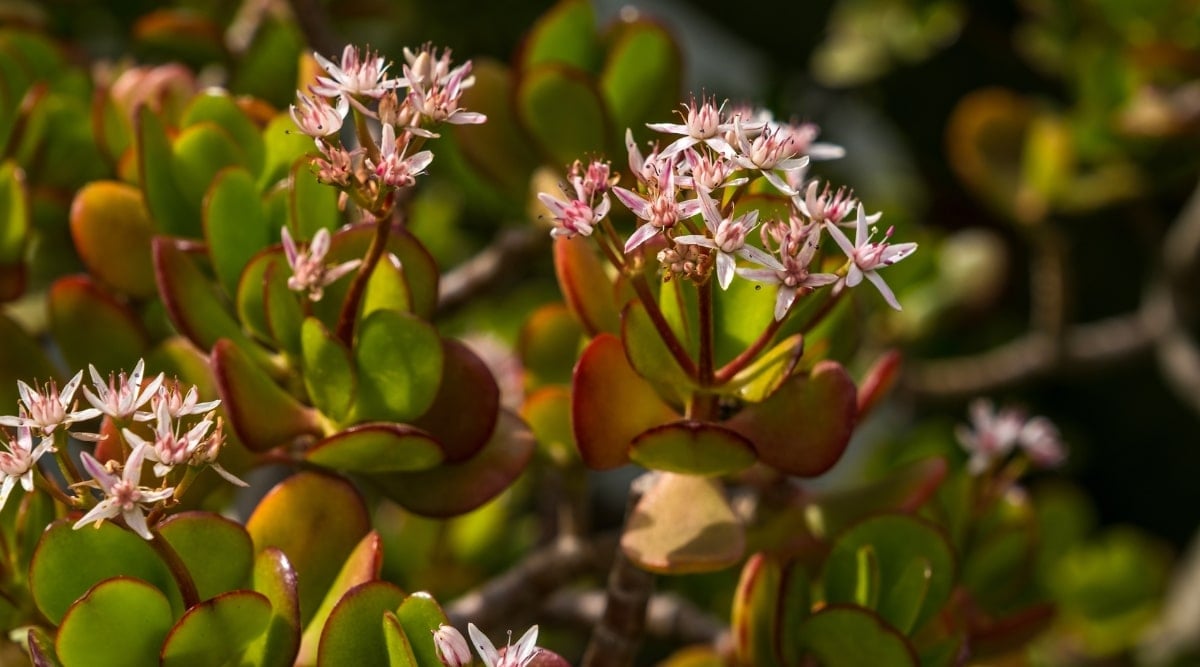
For Jade plants to bloom, they must reach maturity, a process taking 3 to 4 years for Crassula ovata. Even after maturing, blooming may take additional years to occur. Therefore, patience is key, especially with newly propagated plants.
An immature plant focuses on root system establishment rather than blooming, requiring time to grow before investing energy in flowering.
Recognition of maturity includes the plant’s height, with mature Jade plants standing between 3 to 6 feet tall. Slower growth and fewer new leaves and branches also indicate maturity.
Sunlight
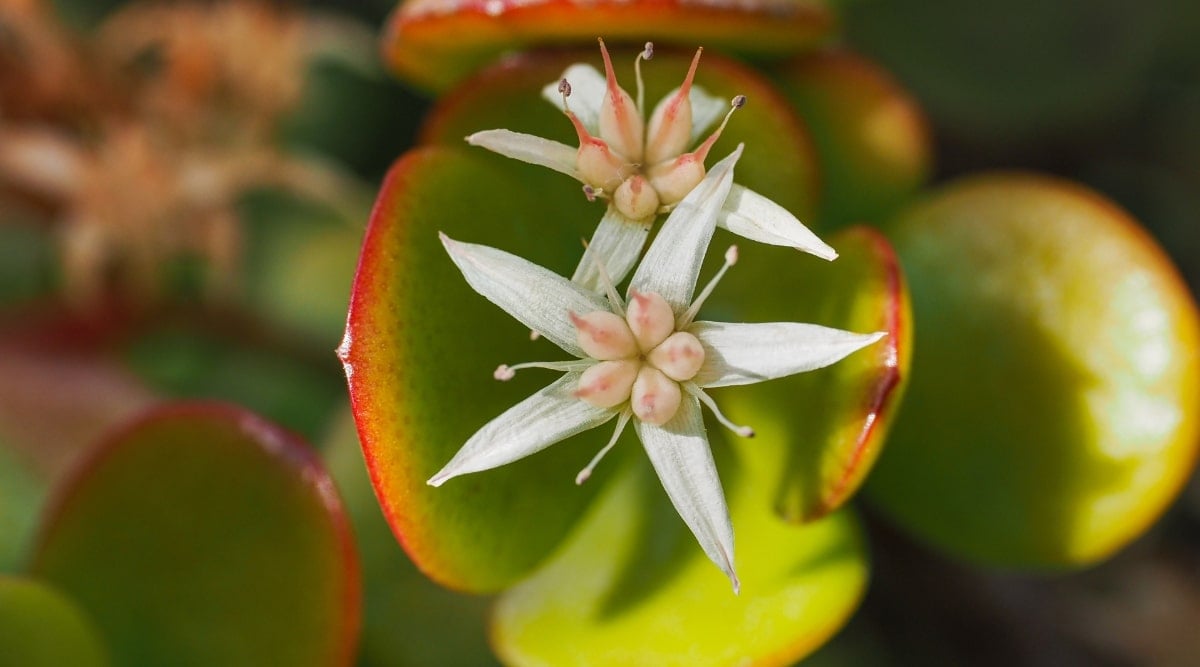
Proper sunlight is essential for triggering blooms in Jade plants. While achieving ample sunlight indoors can be challenging, supplemental lighting or positioning near a south-facing window can help.
Exposing Crassula ovata to bright, direct sunlight for 8 to 12 hours daily is ideal for encouraging flowering. While simpler outdoors, indoor setups can mimic proper lighting conditions for successful bloom induction.
When placing near windows, beware of temperature fluctuations, as Jade plants can be sensitive to drafts. Ensuring consistent care and suitable light exposure can enhance the chances of witnessing your Jade plant’s beautiful blooms.
Watering Impacts
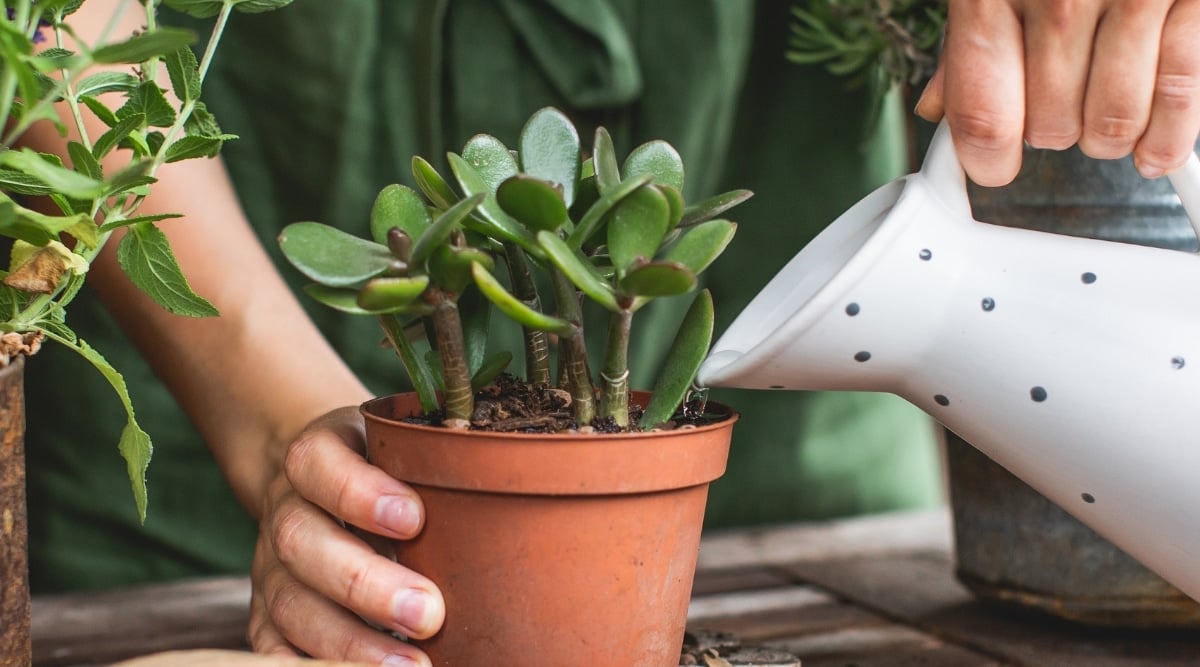
Jade plants thrive in drier soils. To encourage blooming, ensure you do not overwater, as with most succulents.
Excessive watering can lead to root and stem rots, harming your plants. However, if detected early, these issues are treatable.
For optimal blooming, let the soil dry out completely between watering. Limited watering can motivate the plant to produce blooms by inducing slight stress.
Consider the plant’s location when watering; warmer rooms with direct sunlight will dry out the soil faster. Select a cooler spot to maintain moisture levels.
Stress-Induced Blooming
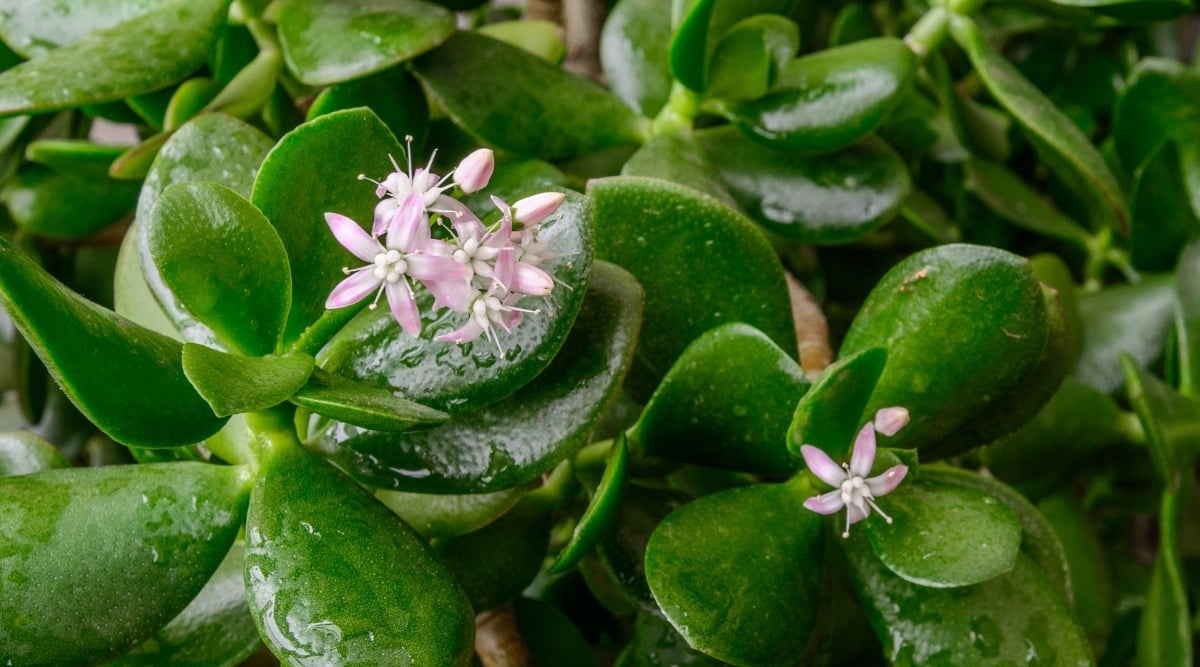
Plants often bloom when stressed, nearing the end of their lifecycle. Introducing controlled stress may help trigger blooming but be cautious not to shock or harm the plant in the process.
Rootbound conditions are a common stressor for Jade plants. Opt for a slightly smaller pot to promote tighter root systems, but ensure it is not too small to inhibit growth.
Choose pots made of porous materials like terracotta to allow airflow to the roots, preventing rot formation. Adequate drainage is also crucial to prevent overwatering.
Rest Period
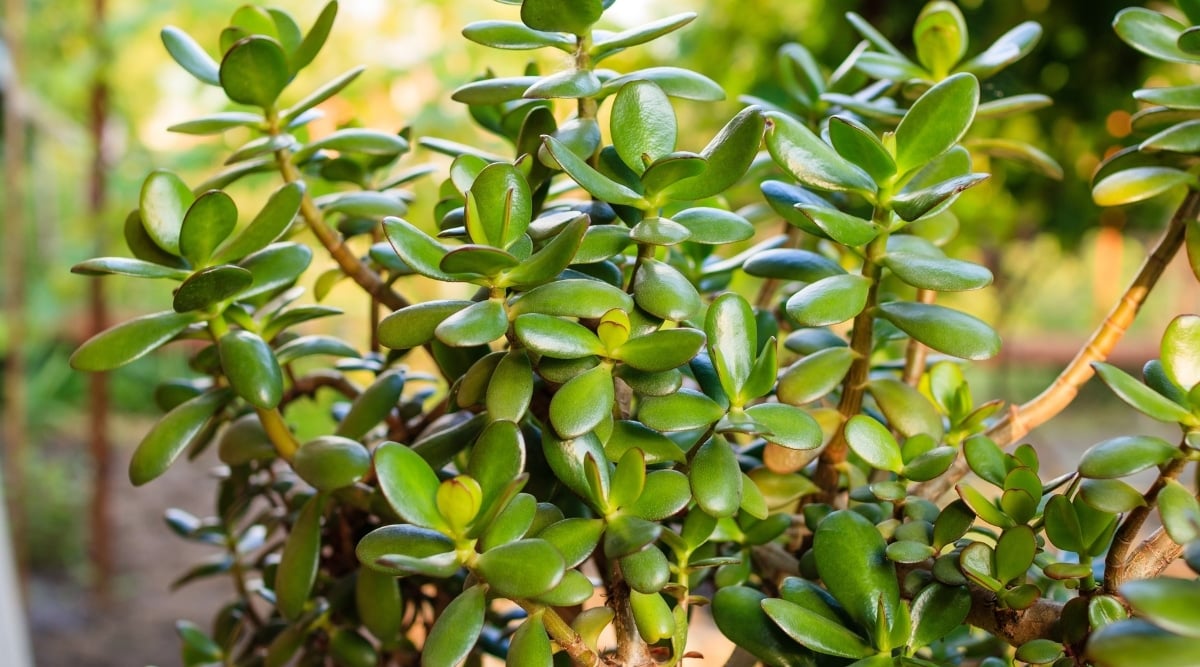
Jade plants do not enter a true dormancy phase but require a rest period with decreased temperatures and longer nights to set blooms.
During this rest period, keep the plant in a cooler, drier location to induce blooming.
Before fall, allow the soil to completely dry out and move the plant to a cooler room with adequate light for weeks to prompt blooming.
Final Thoughts
Jade plants are stunning houseplants, and the wait for blooming is rewarding. With proper care and conditions, you can enjoy their beautiful blooms.
Be patient as Jade plants need maturity to blossom, so don’t be discouraged if it takes time for your plant to flower.

